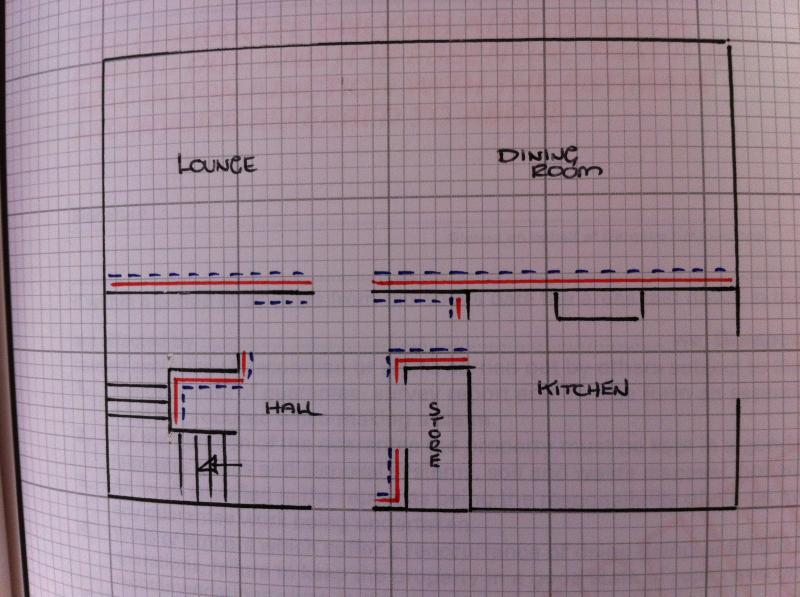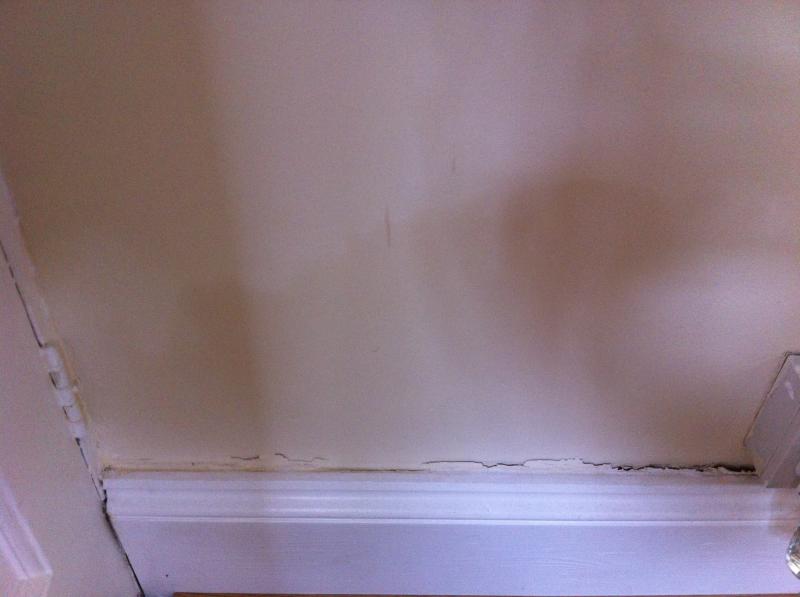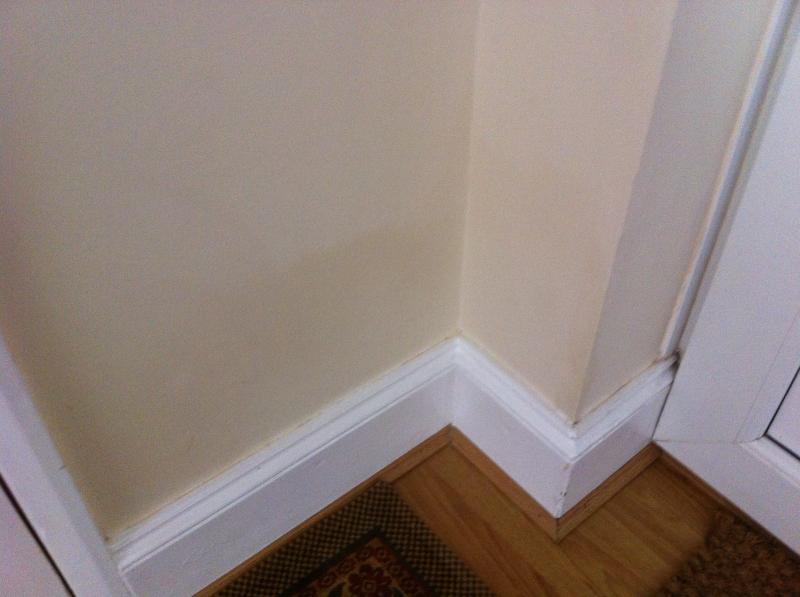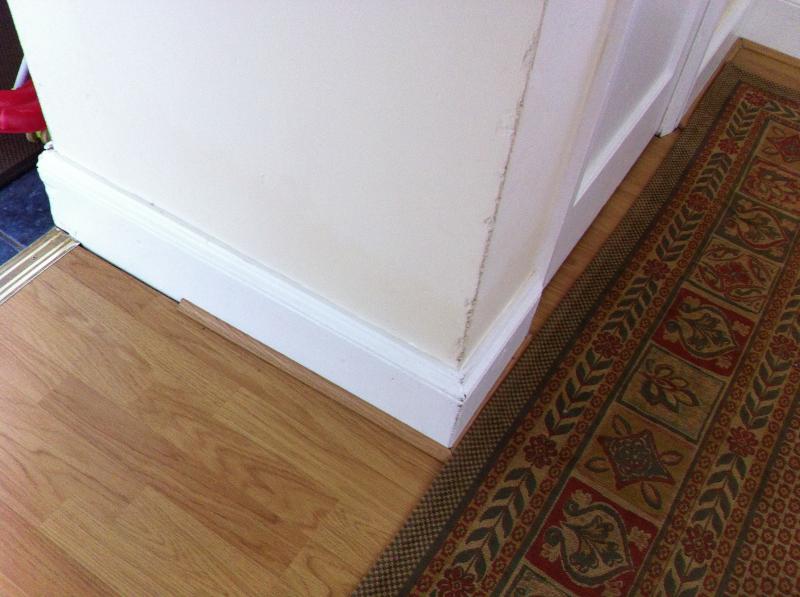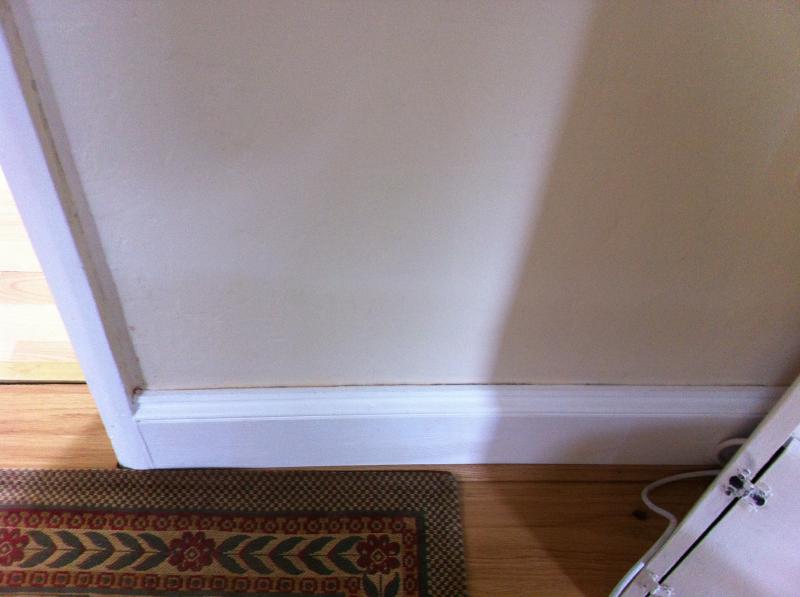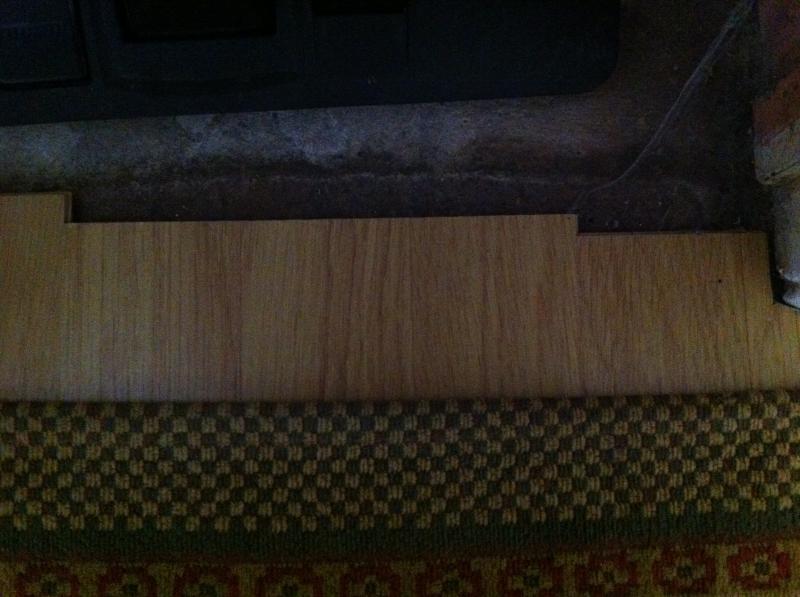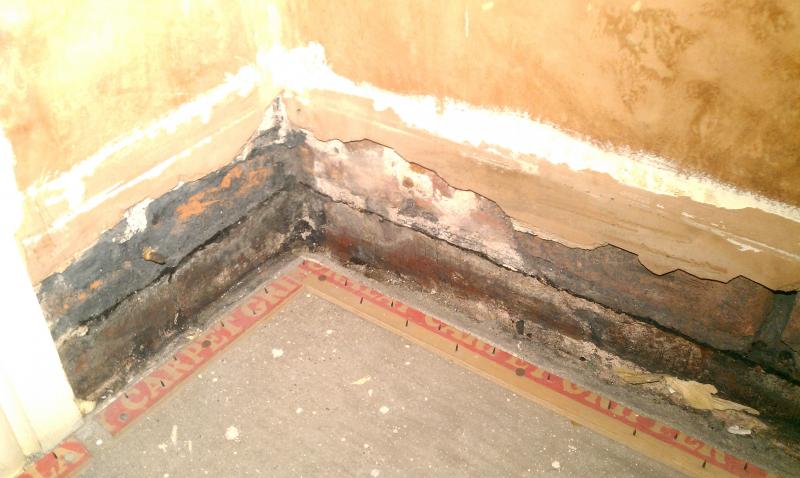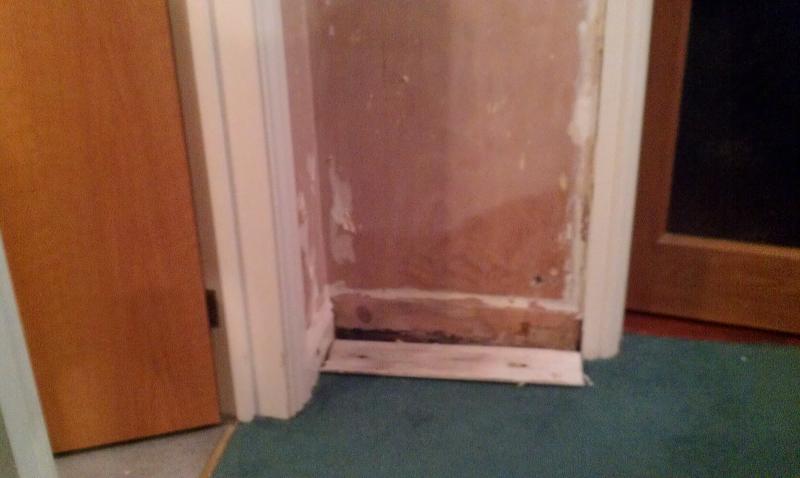I agree that chemical DPC's are a waste of money. I'm not really interested in getting involved in this debate but, from my experience....
We own 8 two bed terrace properties in yorkshire, all built mid 1800's, solid 2 skin wall construction brick built, some never been modernised. Every single one of them suffers from rising damp in some form in my opinion.
To give one example, a few weeks ago we're stripped out a mid terrace back to brick, everything out leaving just a shell. The ground floor was yorkshire stone laid directly on top of earth. Every single wall on the ground floor, including all brick built *internal walls* suffered from damp up to around 500mm from floor level. There were never any leaks in the property. We find similar scenario in almost every time we strip one out.
There is simply no other explanation for internal walls being damp at low level other than rising damp when you rule out everything else.
We own 8 two bed terrace properties in yorkshire, all built mid 1800's, solid 2 skin wall construction brick built, some never been modernised. Every single one of them suffers from rising damp in some form in my opinion.
To give one example, a few weeks ago we're stripped out a mid terrace back to brick, everything out leaving just a shell. The ground floor was yorkshire stone laid directly on top of earth. Every single wall on the ground floor, including all brick built *internal walls* suffered from damp up to around 500mm from floor level. There were never any leaks in the property. We find similar scenario in almost every time we strip one out.
There is simply no other explanation for internal walls being damp at low level other than rising damp when you rule out everything else.


